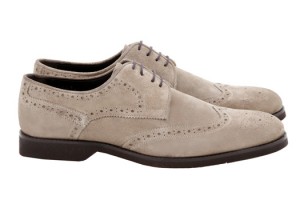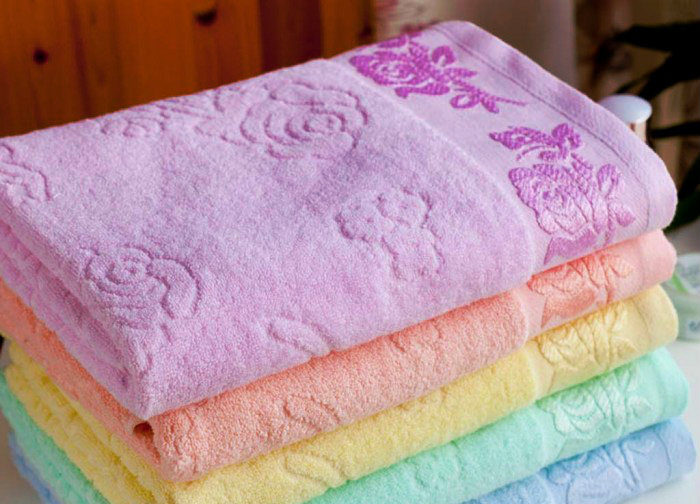Turkish footwear industry.. The second in Europe after Italy
 Turkish footwear industry exported a total of 56 million pairs of shoes to 60 countries across the world in 2009.
Turkish footwear industry exported a total of 56 million pairs of shoes to 60 countries across the world in 2009.
Turkey was the ninth top producer in the world with its total production of 200 million pairs of shoes in the same year.
Turkish footwear sector began automation in 1950s.
This move for automation gained speed in medium and small scale enterprises during 1970s. However the sector maintained its labor-intensive character substantially.
Large scale enterprises founded in 1970s proved to be the driving force for tyhe mounting exports in 1990s.
Turkey accounts for 1,6 percent of the world’s total footwear production and is the second largest in Europe after Italy.
Around one third of its 200 million pair production is exported to 60 different countries in global markets, to include Russia, Iraq, Saudi Arabia, Germany, the Netherlands, U.K. and more. This figure corresponds to 56 million pairs in 2009.
Turkey’s shoes production increases by 12% each year. The total shoe production capacity is approx. 410 million pairs per annum meaning capacity utilization at 45% in 2009.
Total worth of the country’s shoe exports was 289 million dollars in 2009.
On the other hand imports totalled upto 538 million dollars in 2009. Total worth of the subsidiary for exports was 152 million dollars. Shoes exports grow at an annual rate of 13,4 perent.
The sector has a total of 18,500 production companies operating in the sector. Number of employees is about 240,000 (both in 2009).
Covnetional hand-made production has 15 percent share in the total. Leather shoes make up 21 percent of the total production of the industry. Shoes per person is 2,5 pairs.
Advantages enoyed by the sector are;
qualified manpower, rapid growth in demand fuelled by economic growth and increased urbanization, high installed capacity, high quality supplies from domestic market, prompt delivery of products, proximity to European markets, flexibility of boutique manufacturing
The sector has also some challenges to cope with such as;
low capacity utilization, dependency on imports in the supply of inputs, high energy costs, poor quality but cheap footwear exports from Far East, labor-intensive sector
Compiled by Editor
BUSINESS TURKEY TODAY




